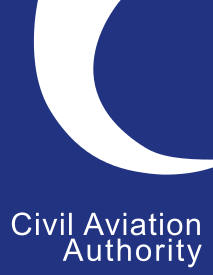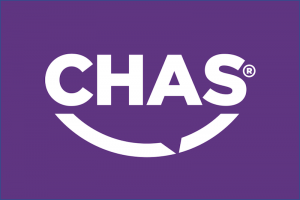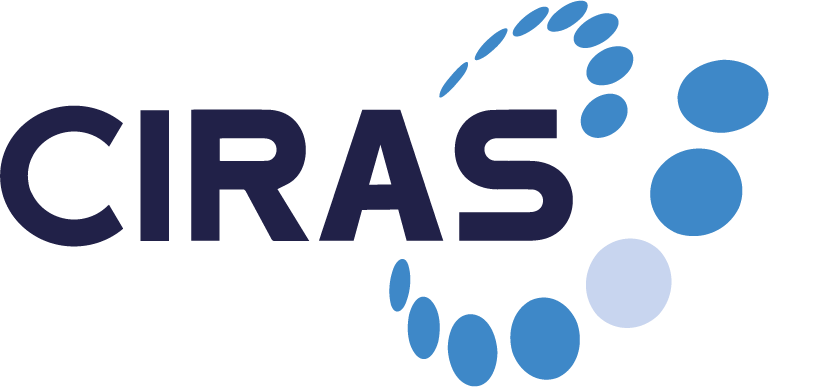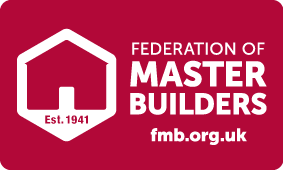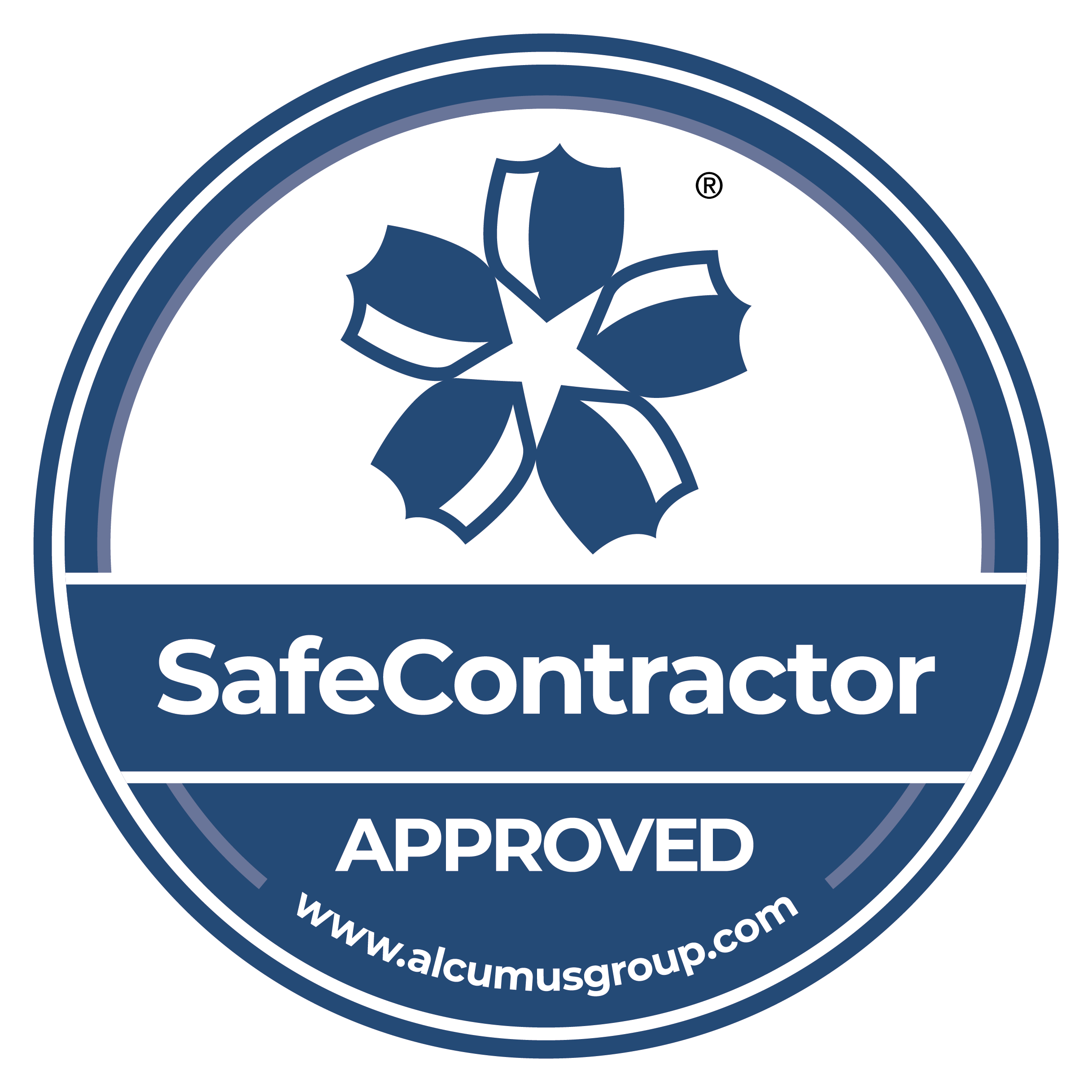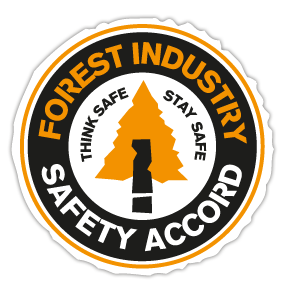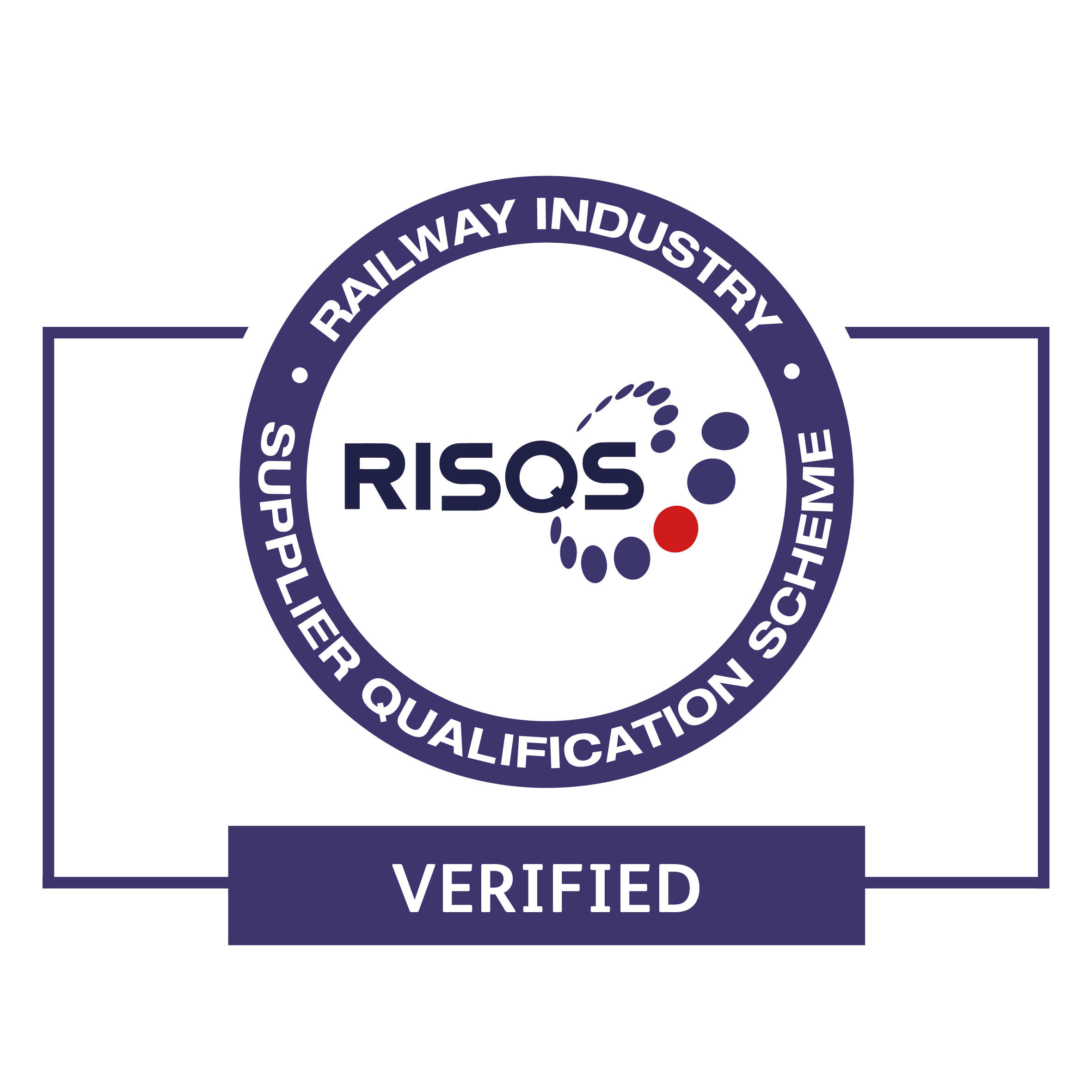What does UAV stand for? - UAV stands for Unmanned Aerial Vehicle, often referred to as a drone.
What are the limitations of flying a drone? - Vertex Air follows the rules set out by the CAA (Civil Aviation Authority) which state that drone cannot be flown further than 500m away from the pilot or higher than 400ft (120m) with further permission and exemptions.
What weather conditions can you fly in? - The drone cannot operate in high winds (up to 25mph) and anything more than light rain (more due to the camera getting water on the lens, causing the quality of the images to be reduced).
Can you fly a drone in London? - Yes, it is possible to fly a drone in London. Some areas in London have restrictions to drone flying in place, but there is an application process to allow drone operations following a review of additional safety measures put in place. There is often a few weeks lead time for the approval, we will always advise you straight away if you project falls into one of these areas.
Are you insured? - Yes, Vertex Air Ltd. holds £5 million Third Party Liability. Evidence of insurance can be provided on request.
What is the flight time of the aircraft? - Depending on the aircraft being used and weather conditions on site, we can typically achieve flight times of 10 - 25 mins per battery. Changing the battery is a quick process and we can be in the air again within minutes.
Can we be with you when you are flying? - Yes, we always invite the client to be present during the survey. As well as acting as an additional “spotter”, they can help direct attention so areas of extra interest during the survey.
How high can your drones fly? - As per CAA regulations, there is a limit of 400ft (120m) above ground level. However, it is possible to apply for a temporary extension to this if a project requires it.
Can you fly your drones at night? - Yes, Vertex has extended permission from the CAA to fly at night. Flying at night has benefits when undertaking thermal imaging surveys.
How does drone mapping work? - Drone mapping uses pre-planned flight paths to ensure that overlapping aerial imagery is taken from across the whole site. That imagery (combined with the GPS data from the drone) is run through photogrammetry software. This advanced software generates a scaled 3D rendering of the site and an “orthophoto”, similar to a satellite image only much higher resolution and greater detail.
Can drones measure roofs? - Yes, by generating a scaled 3D model of a property using drone imagery and photogrammetry techniques, accurate linear, area and volumetric measurements can be taken. Vertex Air work closely with sister company Vertex Heritage and Specialist Roofing, providing accurate 3D models of projects that can help inform the pricing exercise or overcoming complicated access plans.

